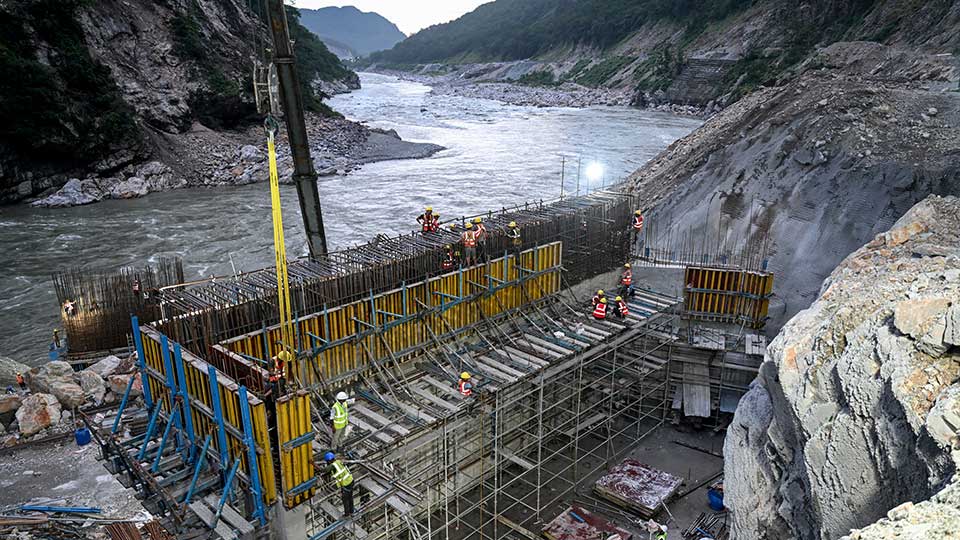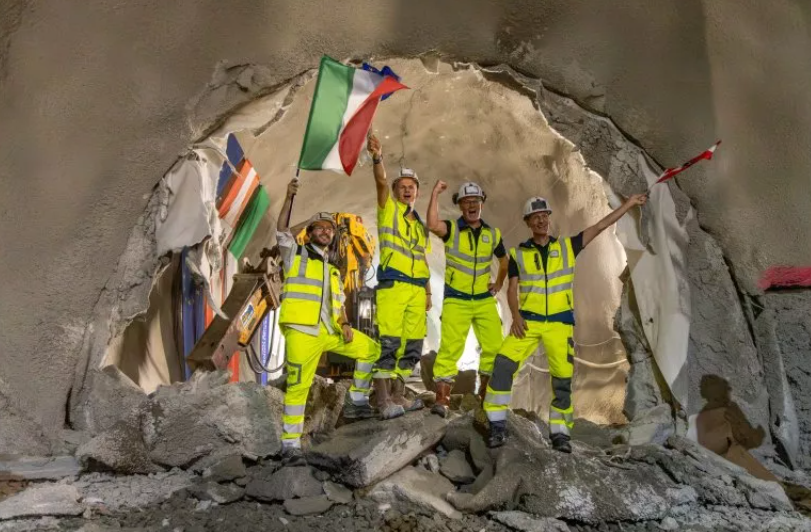India accelerates Upper Siang Dam to counter China’s mega hydropower project

India is moving ahead with plans to construct a massive dam in the northeastern state of Arunachal Pradesh in response to China’s announcement of a colossal hydropower project upstream in Tibet. The initiative, known as the Upper Siang Multipurpose Storage Project, is designed to safeguard water security in the Brahmaputra basin, where India fears significant reductions in water flow during the dry season once China’s project becomes operational.
China began building the Yarlung Zangbo hydropower project in July 2025, following approval in late 2024. Estimated to cost around US$167–170 billion, the scheme involves five cascade hydropower stations and is expected to generate about 300 billion kWh annually. With an installed capacity of roughly 60,000 MW, it will be the world’s largest hydropower facility upon completion by 2033. Indian officials worry the project could reduce non-monsoon flows by up to 85 percent, according to internal studies, creating risks for agriculture, water supply, and ecosystems downstream.
In response, India is accelerating surveys and feasibility studies for its Upper Siang project, a dam that would store nearly 9 billion cubic meters of water and generate 11,000 MW of electricity. Officials describe the project as a buffer, aimed at regulating flows and absorbing sudden surges or diversions from Chinese dams. However, the project faces strong opposition from local communities, particularly the Adi people, whose ancestral lands lie in the flood zone. Reports indicate that 16 villages could be fully submerged, displacing an estimated 10,000 residents and indirectly affecting more than 100,000 people.
While the Arunachal Pradesh government supports the project, critics argue that paramilitary involvement to secure survey work underscores the tension between national strategy and local resistance.
The environmental and engineering challenges are also significant. The Eastern Himalayas are highly seismically active, and experts warn of heightened risks from dam construction in earthquake-prone regions. Additional concerns include sediment disruption, impacts on aquatic ecosystems, and long-term changes to floodplain agriculture.
Sources: Reuters, India Today, China Global South Project
Want to read more like this story?

Beneath the Alps: Brenner Base Tunnel Breakthrough Connects Italy and Austria
Sep, 25, 2025The Brenner Base Tunnel (BBT), a major European i...

Panama Canal Advances Plans for LPG Pipeline and Port Terminals
Sep, 18, 2025The Panama Canal Authority (ACP) has announced th...

Fast-Track Nuclear: How the UK–US Partnership Accelerates SMRs and Microreactors
Sep, 20, 2025The Atlantic Partnership for Advanced Nuclear Ene...

Teesside GigaPark: Grid-Scale Storage Aligned With Port Electrification
Sep, 18, 2025A new large-scale battery energy storage system i...

Britain Completes Construction of Its Longest Rail Bridge
Sep, 10, 2025The civil engineering works for the Colne Valley...

$6 Billion Hydroelectric Project to Reshape Mozambique’s Energy Grid
Sep, 08, 2025Mozambique has secured World Bank support for the...






